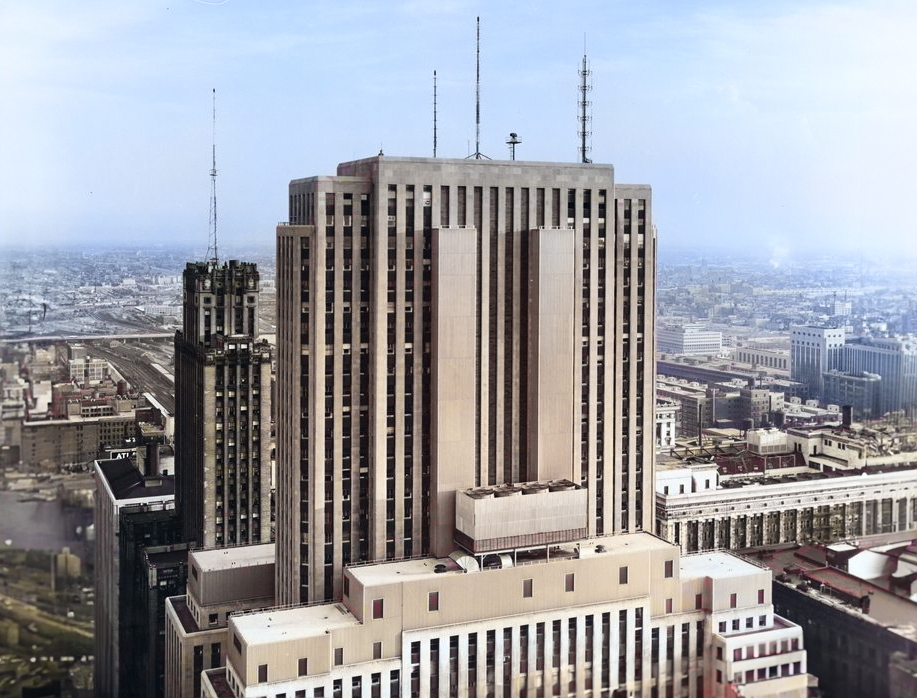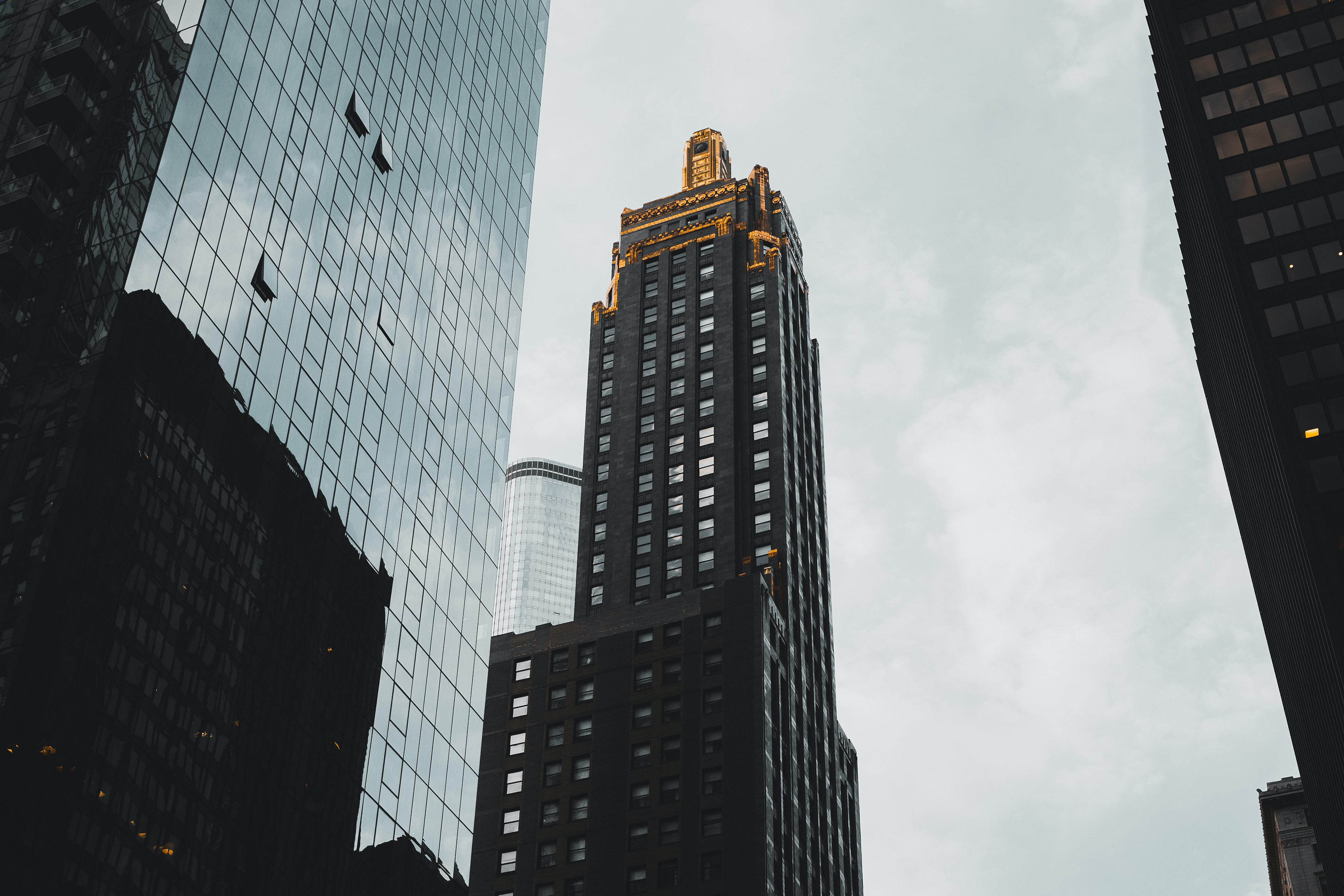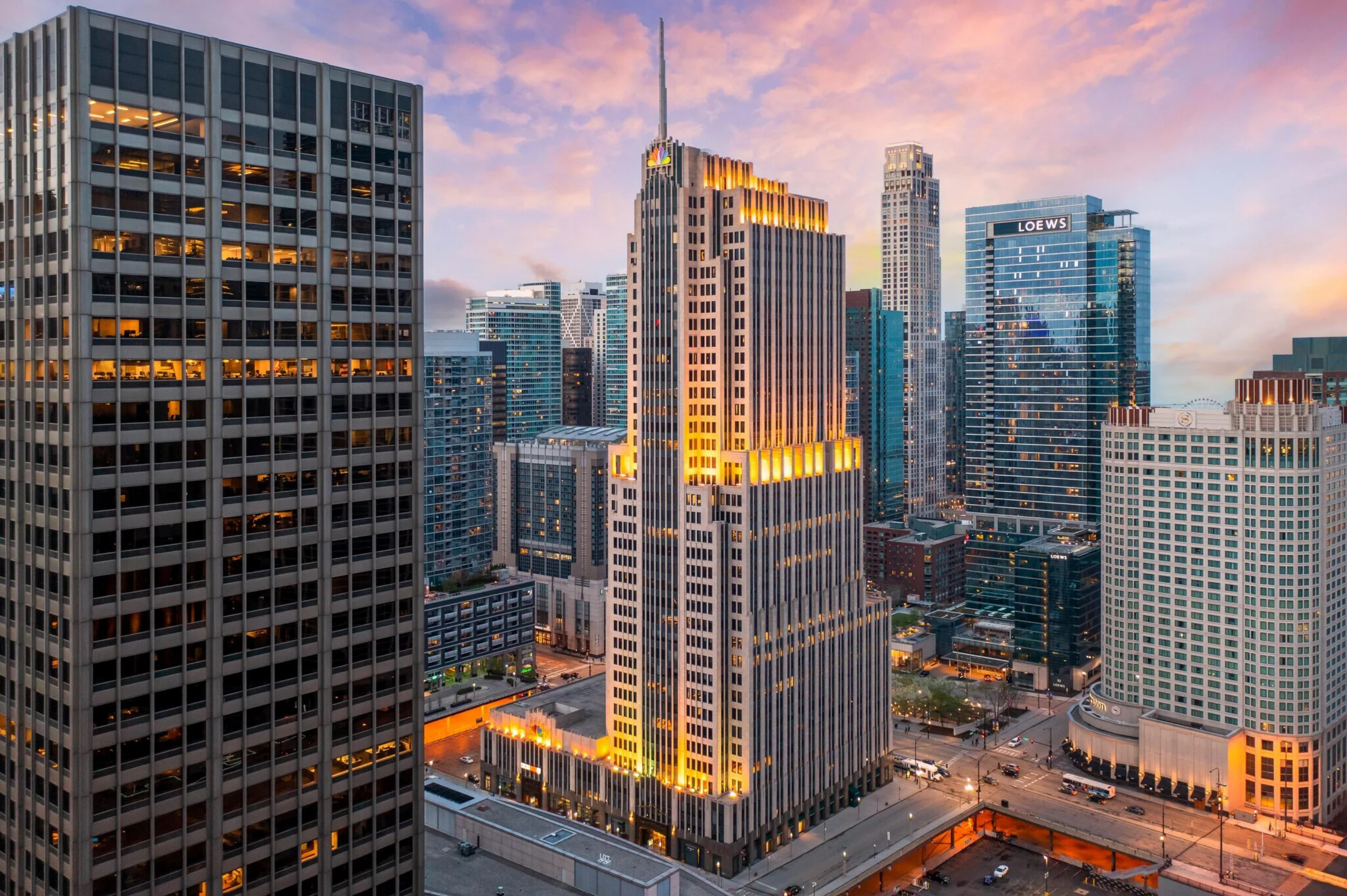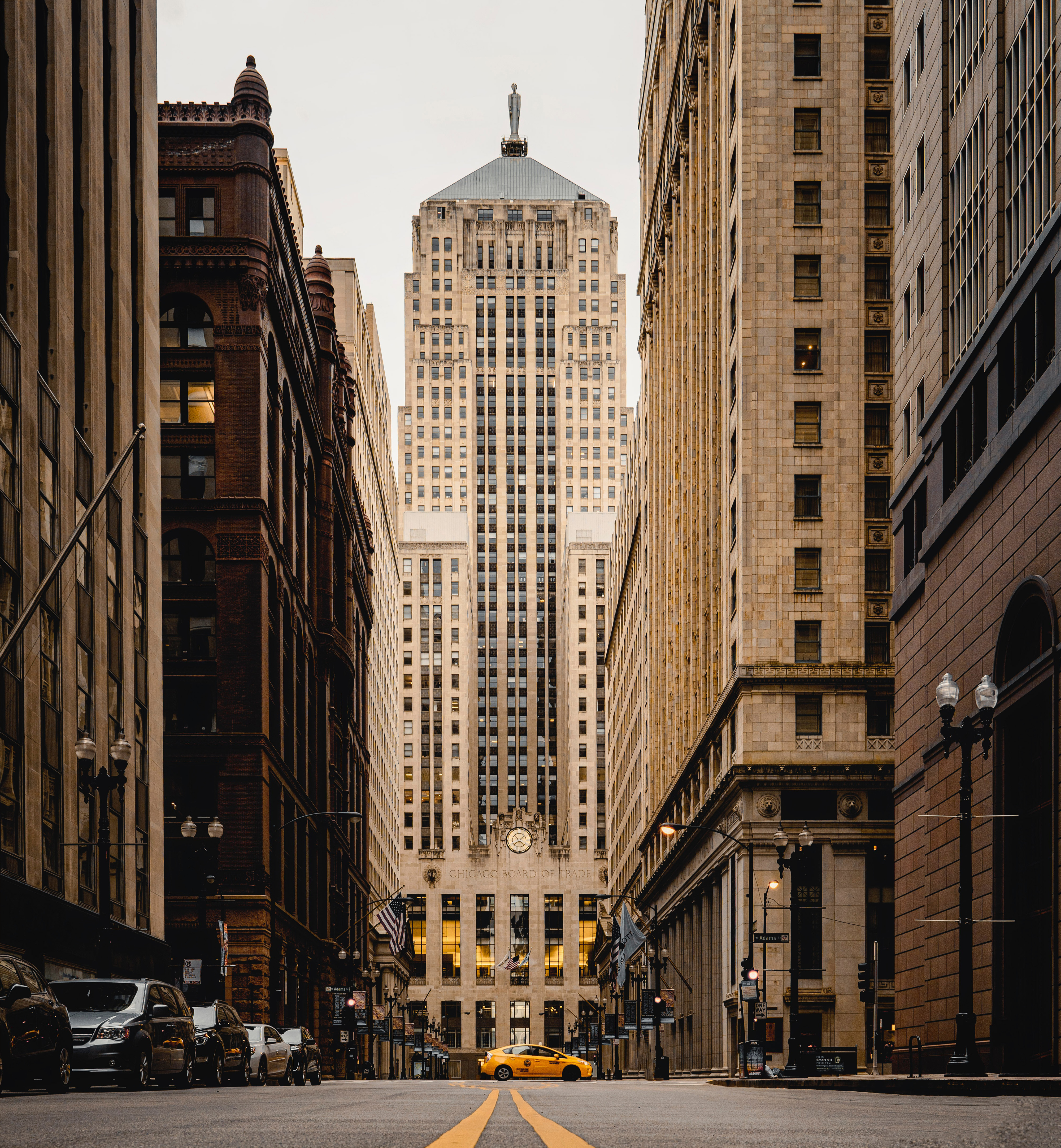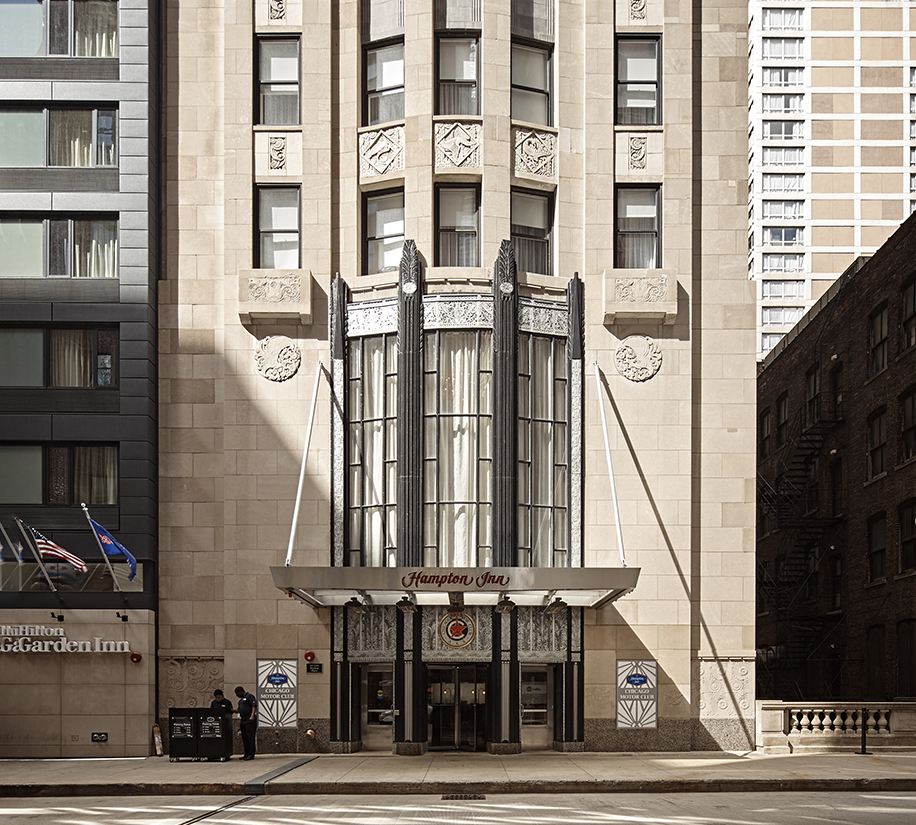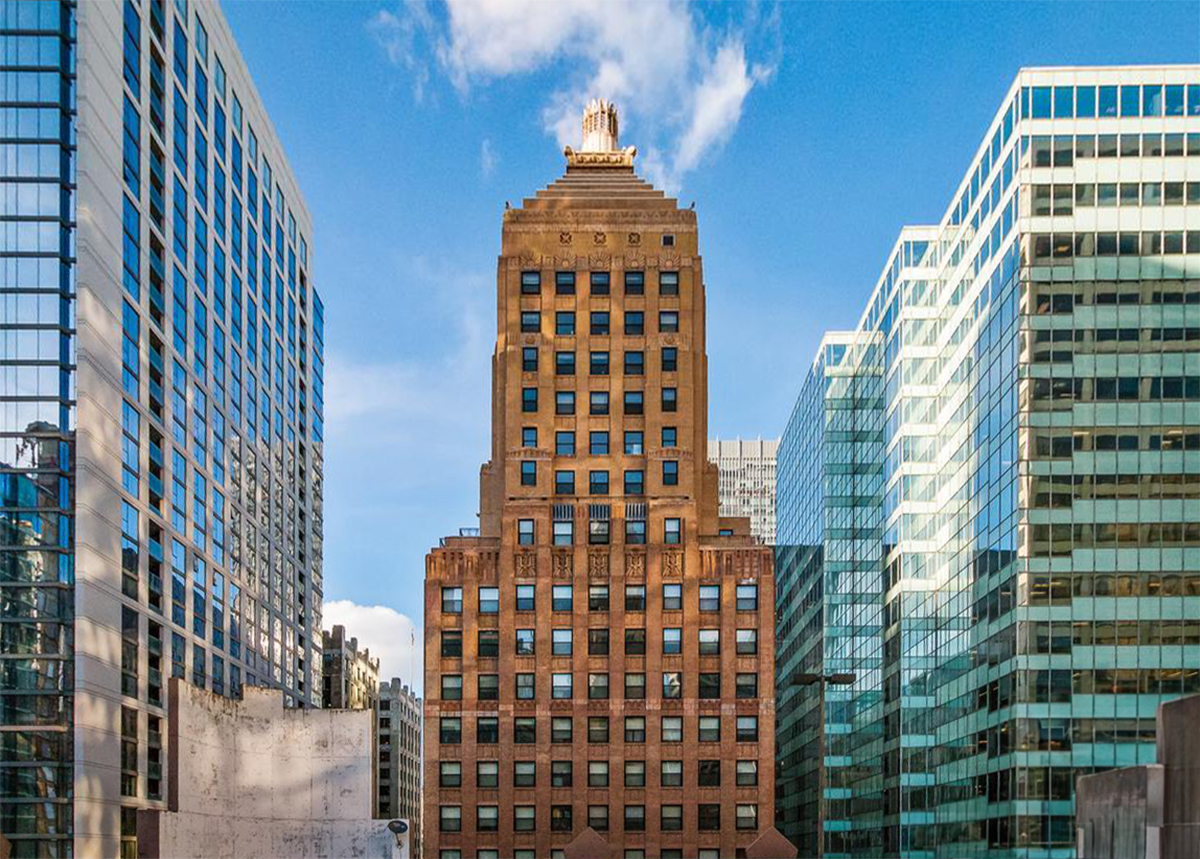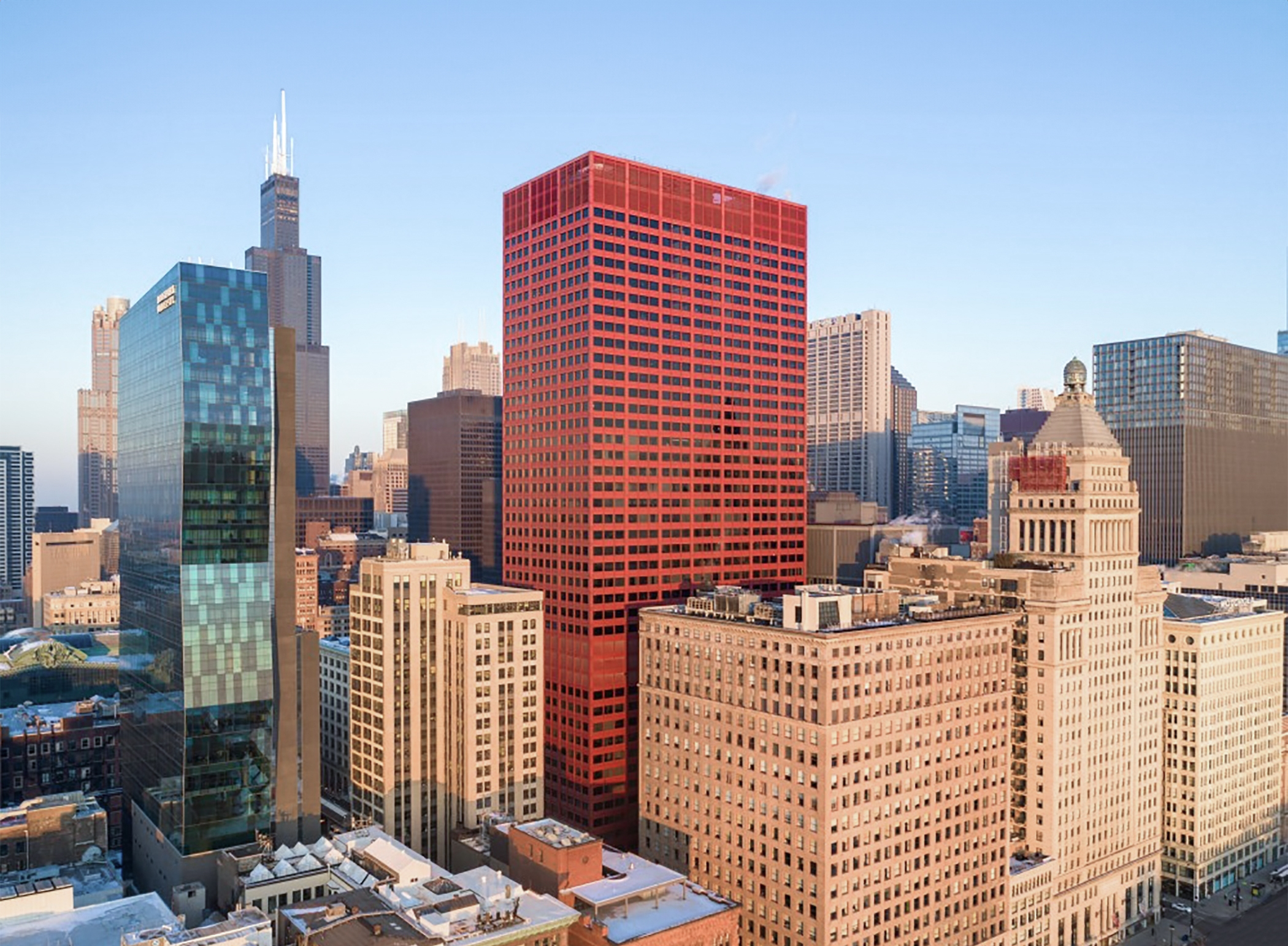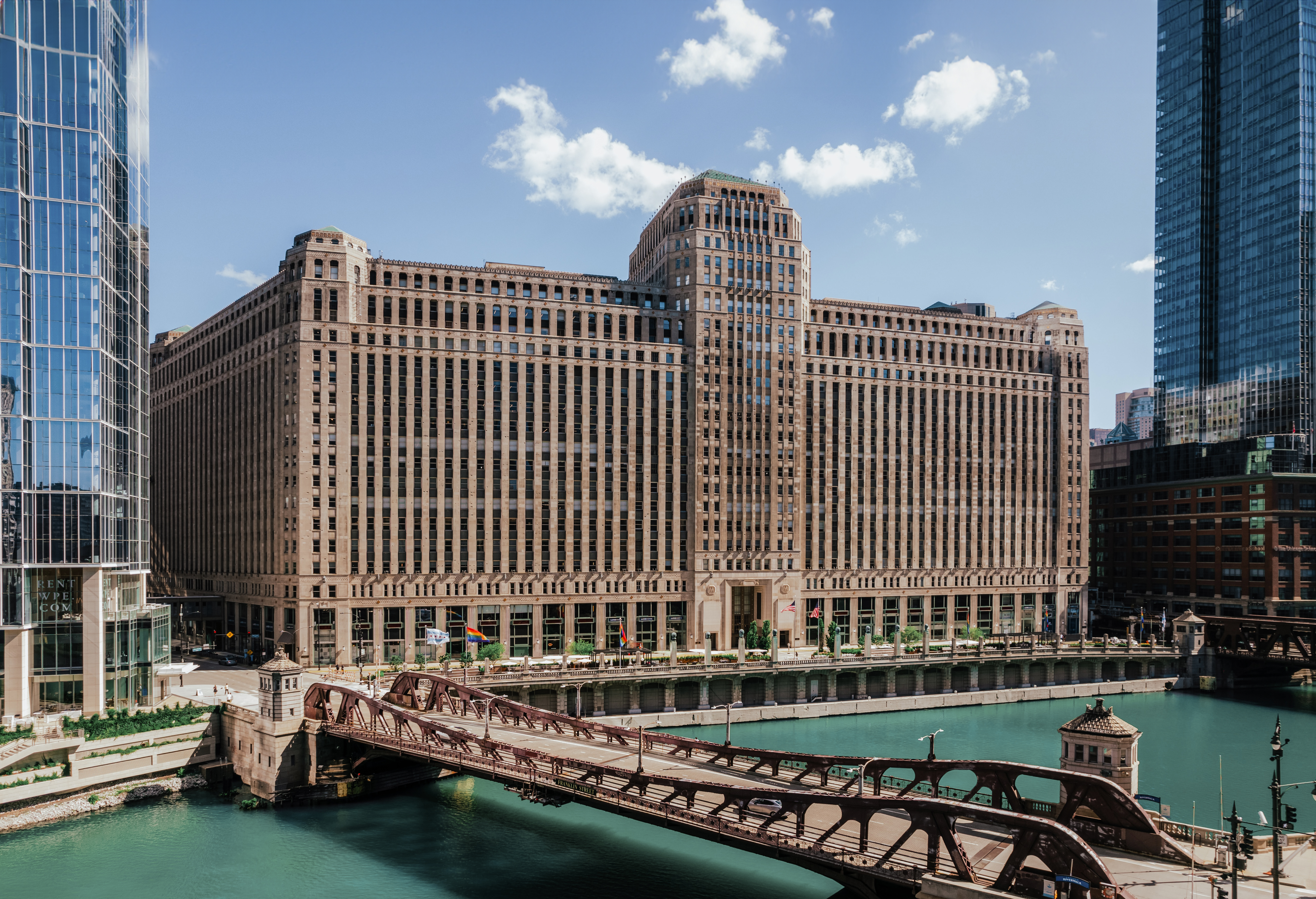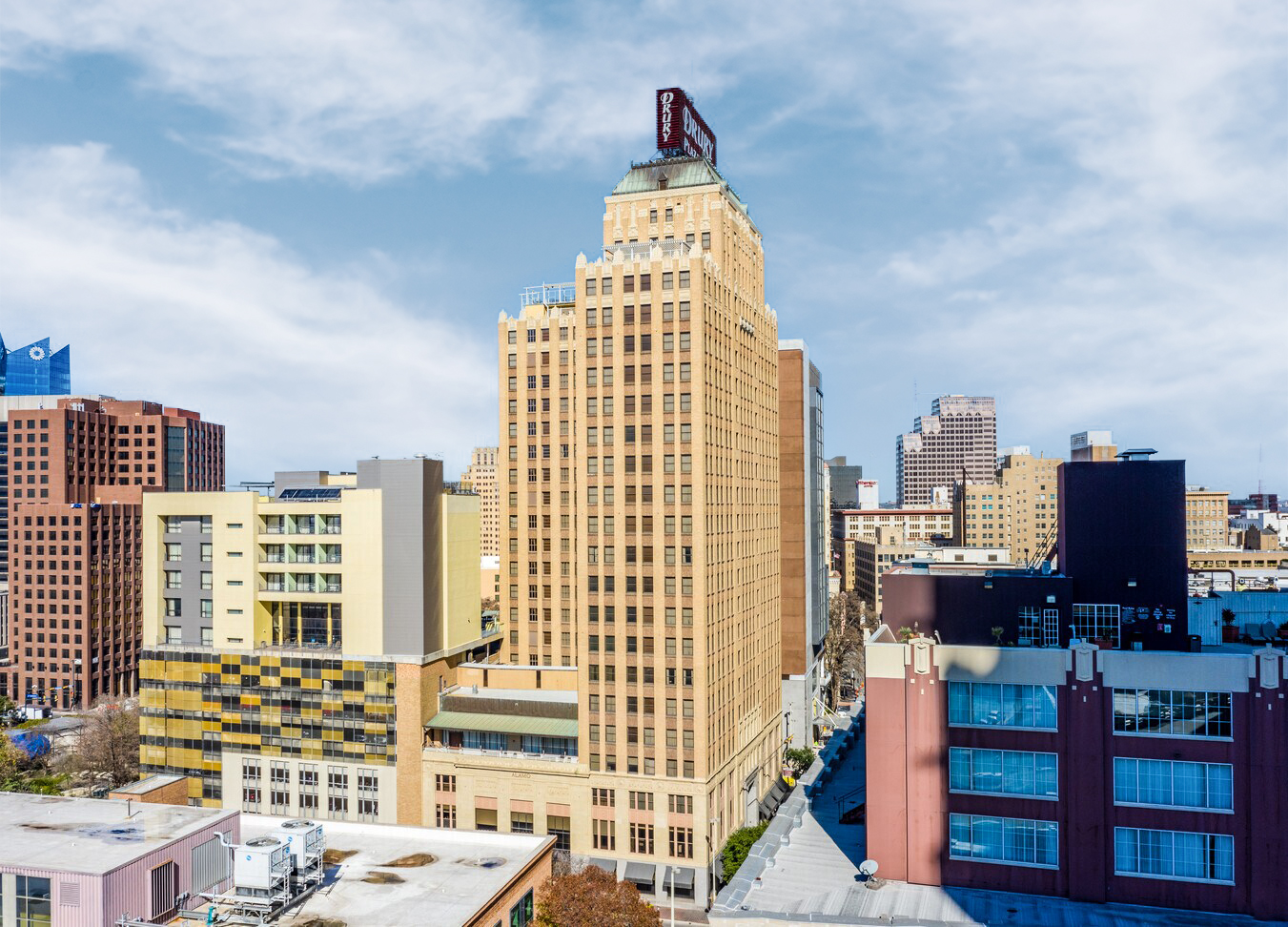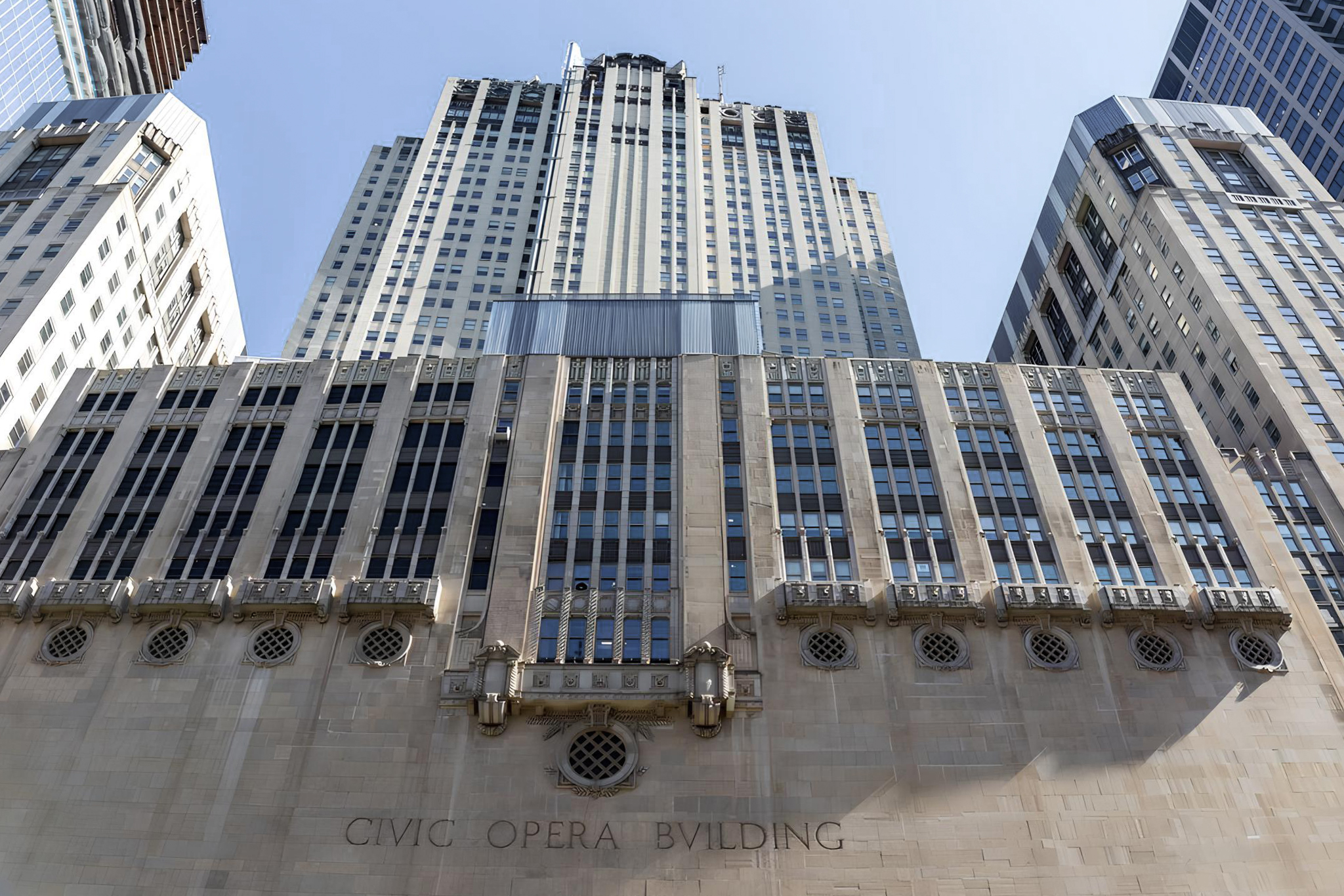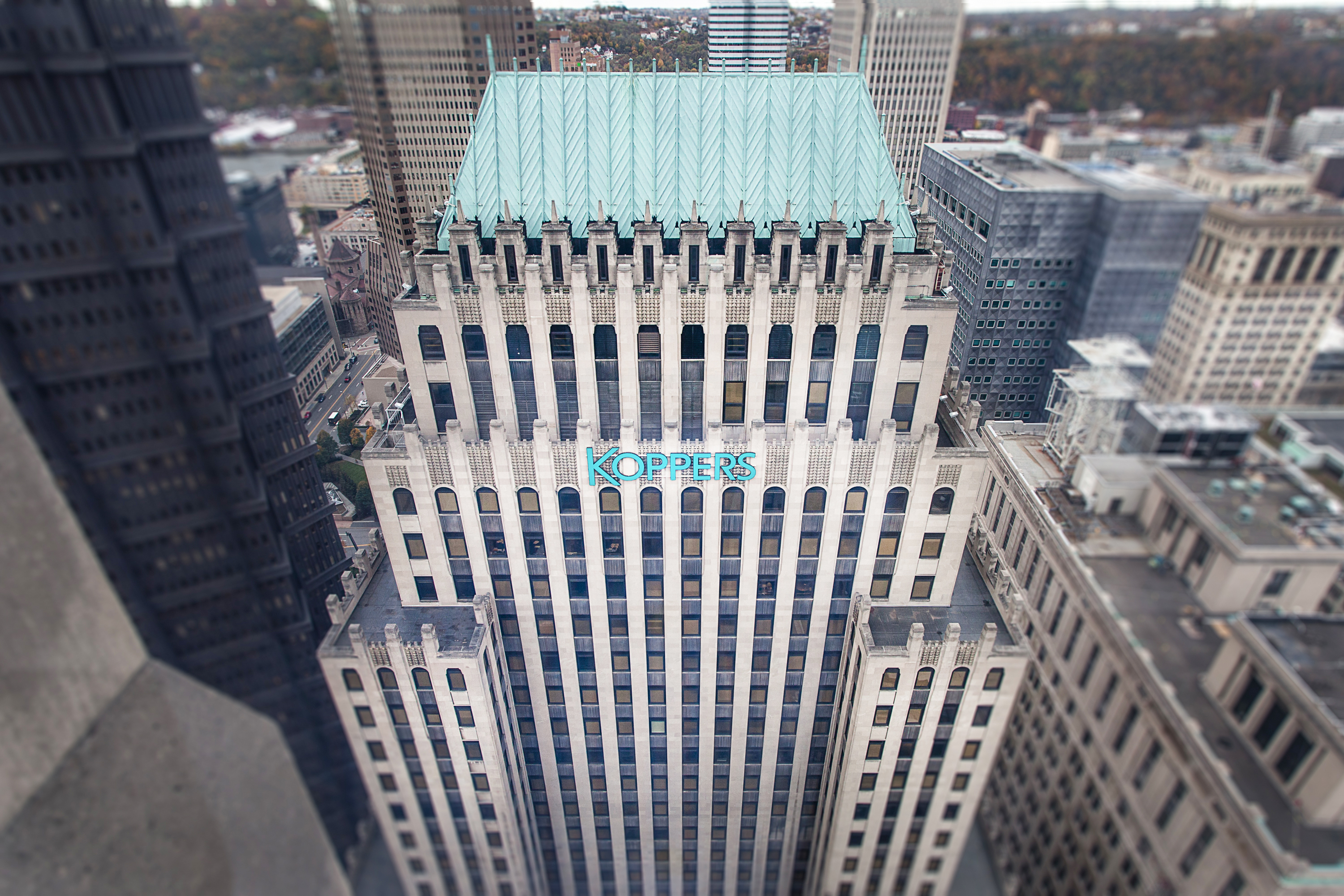The Field Building is an Art-deco skyscraper designed by Graham, Anderson, Probst & White, and built between 1931 and 1934 in Chicago, IL.
Field Building is not the only name you might know this building by though. It is common for companies to want to attach their names to iconic buildings when they move in, or for the general public to come up with nicknames, and this one is no exception. The Field Building is also known, or has been known as, LaSalle National Bank Building, or Bank of America Building.
Its precise street address is 135 South LaSalle Street, Chicago, IL. You can also find it on the map here.
The Field Building is a structure of significant importance both for the city of Chicago and the United States as a nation. The building embodies the distinctive characteristic features of the time in which it was built and the Art Deco style. Because of that, the Field Building was officially declared as a national landmark on September 2nd 1994.
At the time of its completion in 1934 the Field Building incorporated solutions that were quite advanced at the time, these included highspeed elevators, air conditioning, and concealed radiation.
